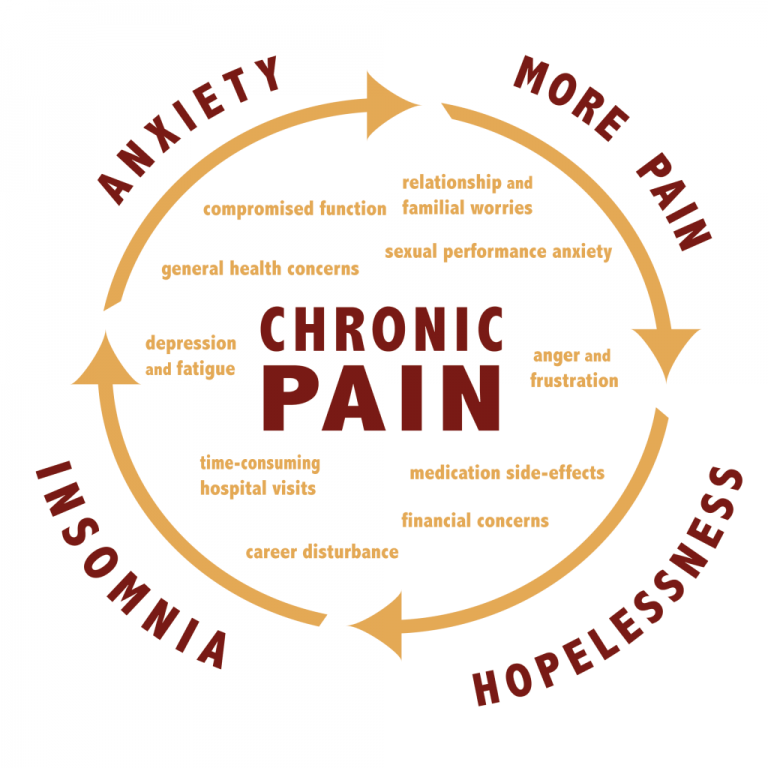The use of trazodone in recent years has evolved, leading to new trends and approaches in its treatment. Some of these include:
- Adjunctive Therapy: Trazodone is increasingly used as an adjunctive therapy alongside other medications, particularly in the treatment of depression. It may be added to existing antidepressant regimens to enhance efficacy or manage specific symptoms such as insomnia.
- Off-label Uses: While trazodone is primarily indicated for depression, it is also used off-label for conditions such as anxiety disorders, insomnia, and post-traumatic stress disorder (PTSD). The use of trazodone in these off-label contexts reflects its sedative and anxiolytic properties.
- Sleep Disorders: Trazodone‘s sedating effects have made it a popular choice for treating various sleep disorders, including insomnia. It is often prescribed at lower doses than those used for depression, specifically for its sleep-promoting properties.
- Geriatric Population: Trazodone is commonly used in the elderly population due to its favorable side effect profile compared to other antidepressants. It is often chosen for its sedative effects, which can be beneficial for managing sleep disturbances in this population.
- Chronic Pain Management: Some research suggests that trazodone may be effective in managing chronic pain, particularly neuropathic pain. Its dual action on serotonin and norepinephrine pathways may play a role in modulating pain perception.
- Dose Optimization: Recent trends in trazodone treatment include a focus on optimizing dosing strategies. This may involve starting at lower doses and titrating slowly to achieve the desired therapeutic effect while minimizing side effects.
- Personalized Medicine: As with many medications, there is growing interest in personalized medicine approaches to trazodone treatment. This involves tailoring treatment based on individual factors such as genetics, metabolism, and comorbidities to optimize outcomes.
- Combination Therapies: Trazodone is sometimes used in combination with other medications or therapies to enhance its effects or target specific symptoms. For example, it may be combined with cognitive behavioral therapy (CBT) for the treatment of depression or insomnia.

These trends reflect the evolving landscape of trazodone treatment, highlighting its versatility and potential in addressing a range of mental health conditions. As research continues to expand our understanding of trazodone’s mechanisms of action and clinical applications, it is likely that new trends and approaches in its treatment will continue to emerge.